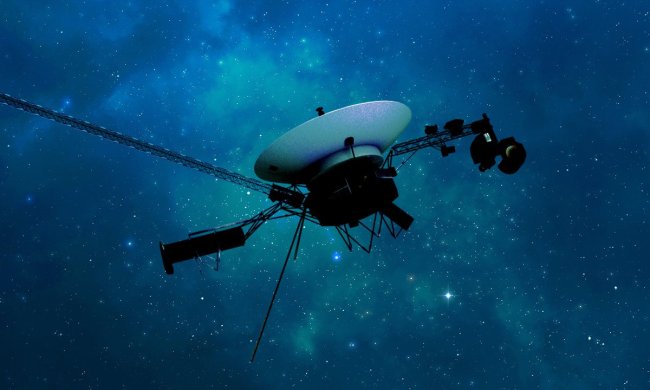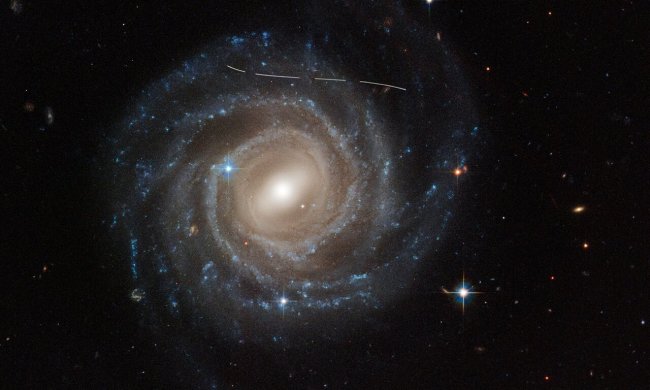A once-in-a-decade asteroid will be whizzing past the Earth this weekend. Object 2023 DZ2 is between 140 feet and 310 feet across and is making a close approach to our planet — but don’t worry, there’s no chance of an impact.
The object will pass within 100,000 miles of Earth, around half the distance between Earth and the moon, which is close enough for it to be classified as a Potentially Hazardous Object. But the good news is that an asteroid coming this close to us gives scientists a chance for a practice run at observing any future asteroids that could be dangerous.

Scientists observing the event include a team from the University of Arizona’s Lunar and Planetary Laboratory, who will be using this weekend as a “fire drill” to practice asteroid threat response.
“The idea is to use this opportunity as a rehearsal of sorts,” said a professor at the laboratory, Vishnu Reddy, in a statement. “We are using this asteroid as a stand-in for a scenario in which a space rock is detected that actually is headed toward the Earth. If that were to happen, we can apply lessons learned from exercises like this one – for example, what are the most important steps the international community would have to take to avert or minimize the risk of an impact and its possible aftermath?”
Preparations had to be made quickly, as the asteroid was only spotted on February 27. At first, scientists thought it could impact the planet in 2026, but as they observed it further, they realized it would pass us by safely. Then they leapt at the opportunity to see the asteroid up-close, observing it using telescopes and looking for information on its composition. By studying the way light bounces off it, they can get an idea what it’s made of on the surface — and that will help them estimate its density, which will give them an idea of how it would react during an impact.
“None of these asteroids typically pose a threat,” said doctoral student David Cantillo. “Our goal is to learn more about their composition and specifically look at the smaller size range of near-Earth asteroids, because they’re much harder to detect. DZ2 happened to check all of those boxes with our ongoing work, while also having this extra timely component of a close approach this week.”



